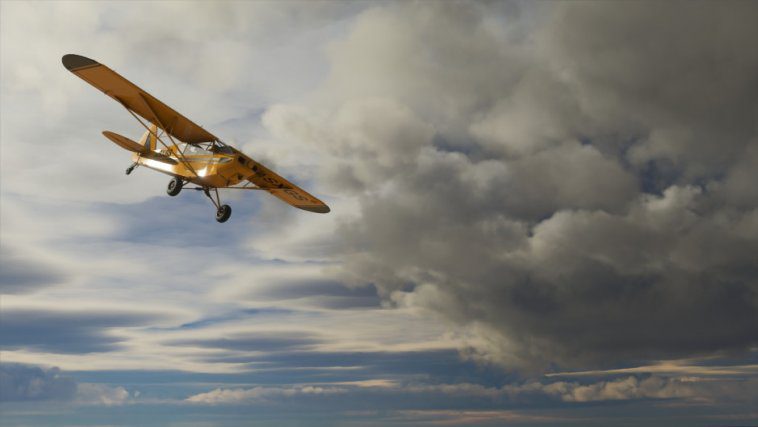Summary
- In our latest hands-on with the upcoming Microsoft Flight Simulator, we hit the skies from the comfort of home
- With full release just a few weeks away, the simulator is poised to let virtual pilots escape their confines and see the world
- Microsoft Flight Simulator will release with Xbox Game Pass for PC (Beta), Windows 10 PC, and Steam on August 18
Growing up, my brother and I shared a room with a bunkbed. Every so often we’d pull out the bottom mattress, set up the family computer under the top bunk, grab a couple chairs to make our cockpit and play Flight Simulator together; one on the keyboard, one on the flight stick. It was a pretty immersive setup for a couple of kids.
Here’s the best part: We would invite over the neighborhood kids, convince them we’ve remotely tapped into a plane flying overhead with our high-tech looking setup, run out front and spot a plane overhead and say, “There! Look! We’re flying that one right now…”
The graphics at the time — coupled with our awesome bunkbed cockpit — were convincing enough to sell the illusion to a bunch of first graders. With the quality and attention to detail of the upcoming Microsoft Flight Simulator, I’m convinced we could have tricked a couple of adults.
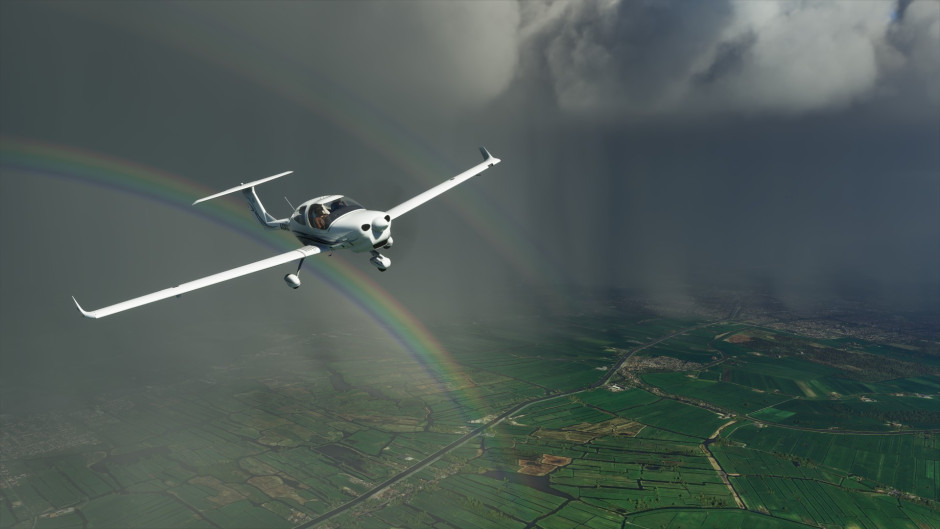
Home Base
Having last experienced Microsoft Flight Simulator a year ago with a full complement of flight hardware and a powerful PC rig at a demo event, I was looking forward to seeing how my modest gaming laptop and Thrustmaster joystick would fare. The cinematic trailers and prior experience with the title have shown me a truly beautiful game. And it should be no secret that the better your PC hardware, the better the simulator will look and perform.
My personal rig is an Asus ROG Zephyrus M laptop powered by GTX 1060 GPU, an Intel i7-8750H CPU, and 16 GB RAM. By default, Microsoft Flight Simulator considers my machine ‘High-End’ and I’ve been able to fly at this default setting with no issues controlling my craft, taking off or landing and the simulator still looks great in motion.
My Thrustmaster T16000M FCS flight stick was found and assigned without any manual adjustment or tweaks needed on my part (great!). While in-flight, on-screen situational commands let me know which button controlled the landing gear, flaps, brakes, and trim. So, as far as hardware compatibility and support was concerned, I was golden.
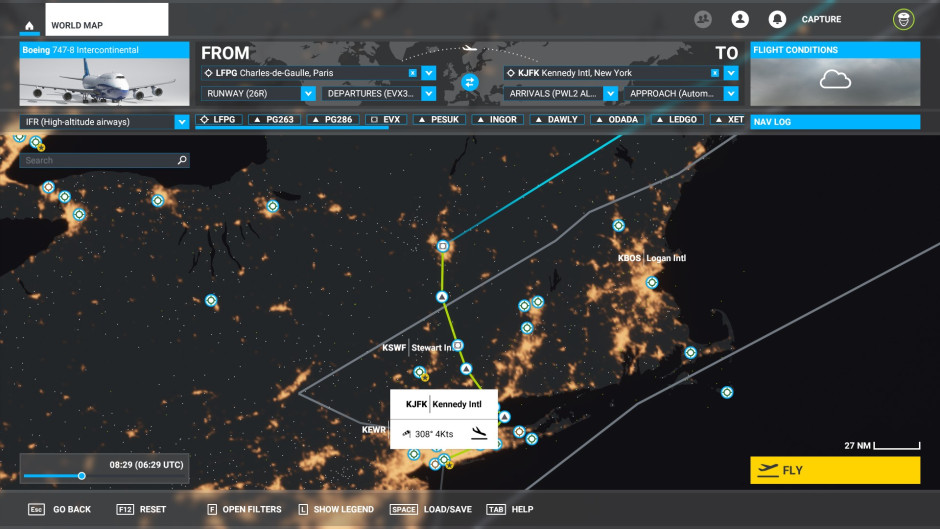
Choose Your Own Adventure
When you first start MSFS, you’re greeted by the World Map (aka Free Flight), a Live Event (an online leaderboard landing challenge), Flight Training, Activities, and News. The World Map is just that. It’s the world. Pick a plane, a departure runaway, a destination, set flight conditions and press Fly. It’s about as straight forward and direct as one could hope for to get flying as quickly as possible.
One of the things I appreciated the most from my hands-on time with Microsoft Flight Simulator is its open invitation to let you see and fly where you want right from the start. This can range from a Bush Trip in a Cub, to aerobatics in a Pitts, to water landings in an Icon A5 and taking off from international airports in large airliners like the Airbus A320. No hoops to jump through or unlocks required, but I do recommend the ‘Flight Training with the Cessna 152.’ The visual and voice-guided tutorial does a great job of showing new pilots the ropes and helping sim veterans shake off any ice that may have accumulated on their wings.
I found myself cycling between a variety of departure locations — from Seattle to Hawaii to Paris to San Francisco — for little jaunts in the air just to see the accurate representation for some of my favorite places in the world. The overabundance of choice is a little overwhelming in the early hours with Microsoft Flight Simulator – which is a good thing – and it’s clear I’ll need to do better about committing to my flight path if I’m to have any hope at improving my piloting abilities. Proper navigation and flight patterns still elude me and will come in time, but not if I keep hopping around the world as often as I do.
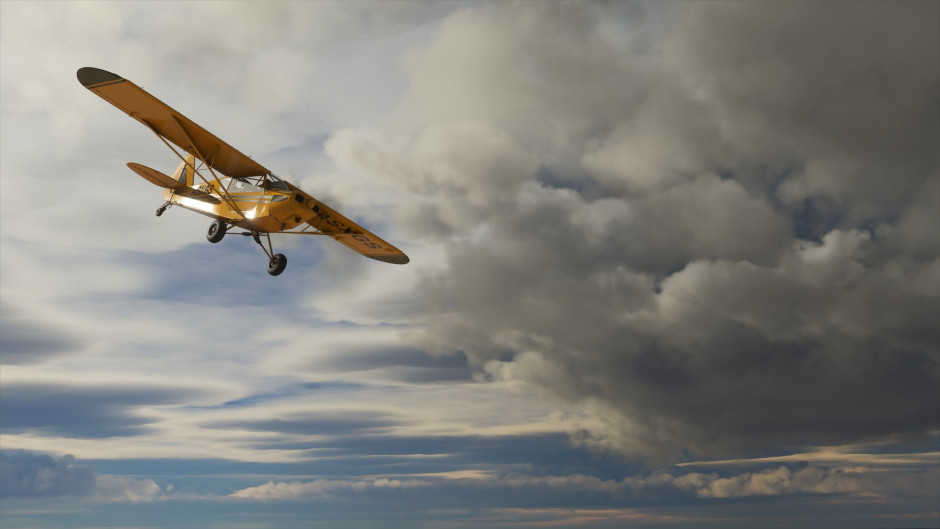
Fun and Games
If you’re looking for a more structured experience, you’ll find that in Activities. Currently, Landing Challenges and Bush Trips are available in Microsoft Flight Simulator. The Landing Challenges have you attempting perfect landings in a variety of conditions across a wide range of airports, from ‘Famous’ locations like Rio De Janeiro and New York, to ‘Epic’ locations like Nepal and Honduras, to ‘Strong Wind’ approaches into New Zealand and Ireland. They’re a great challenge and, in many cases, a humbling experience, even when playing with a more forgiving flight model. The Landing Challenges also give you a great preview on some of the locations you may want to revisit through the World Map.
Bush Trips are an entirely different beast. These have you navigating through Visual Flight Reference (VFR), so you’ll be relying on core navigation as well as topographical landmarks to ensure you’re heading in the right direction. Thanks to the accuracy of MSFS’s world engine, true VFR is possible. But don’t fear if you’re not familiar with the landscape. The VFR Map will have a ‘Back on Track’ feature that will guide you to the correct heading so you don’t get lost over the skies of Patagonia, Nevada, or the Balkans (the current available locations for a Bush Trip).
Spice of Life
I have no real-life experience of controlling a plane, so I can only assume the flight model representation in Microsoft Flight Simulator is exact. I can tell you, however, that there is a very noticeable difference between flying an Airbus A320 (commercial airliner), an Aviat Pitts Special S2S (stunt plane), and a Cessna 152 (trainer). You can really feel the weight of the craft with everything from the turns to the push/pull of the engine when you adjust the throttle. It makes me want to try out all the craft and find my favorite, which is currently trending to the Cessna 152 since its handling was so forgiving for me in the early going.
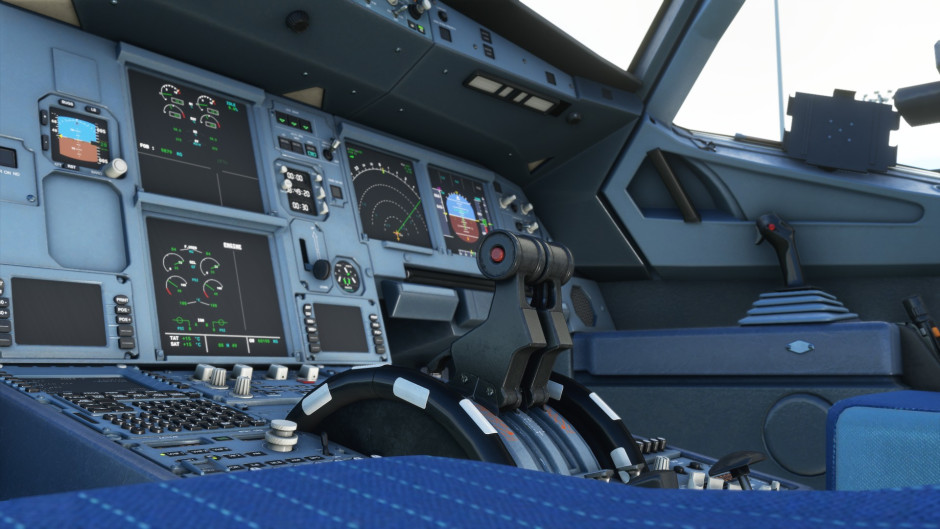
There is a wide variety of Assistance settings (All Assists, Middle-Ground, and True to Life) for the flight model available in the simulator. From piloting to aircraft systems to navigation aids, you have a lot of tweaks and options to find the most comfortable or most challenging flight experience.
Continuous Improvements
Since our last hands-on time in 2019, there have been a stable of improvements made to Microsoft Flight Simulator. Many of them are small refinements that help make a greater experience, like improved real time weather, improved night lighting, a much more realistic water simulation where the wind affects the wave height, accurate tree and forest detection, and improved environments from realistic height on houses and buildings to the correct height of blades of grass. Each element of the simulator is given a high degree of attention to detail — it is still incredibly impressive to see in action.
The aircraft still look remarkable as well, from the behemoth Boeing 747-8 Intercontinental to the Zlin Aviation Savage Cub, each complete with fully-modeled cockpits and working instruments. It’s a tech showcase, and it’s the tremendous attention to detail that will help make Microsoft Flight Simulator look as realistic as possible while in-flight.
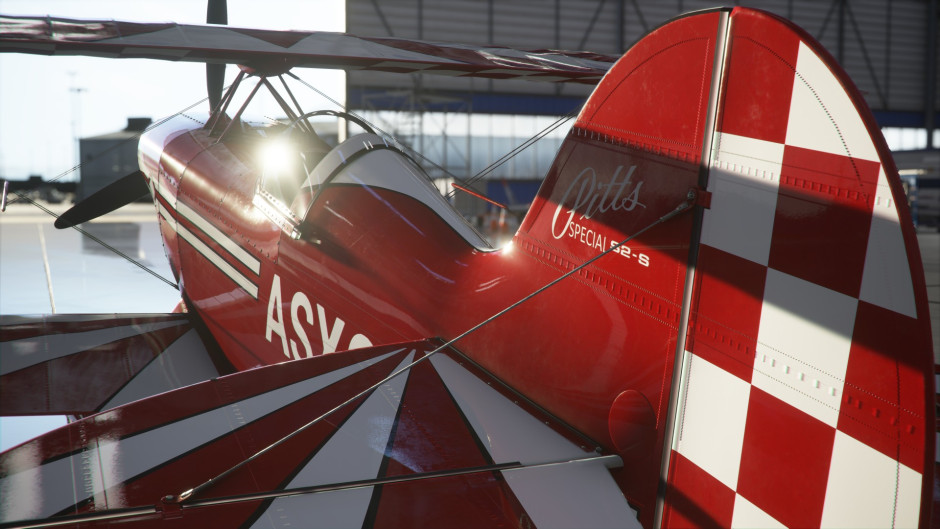
Blue Skies
With release just a few weeks away, the other points the teams at Microsoft and Asobo want to make clear is that this is just the beginning of the adventure for Microsoft Flight Simulator. At launch, the sim will be complete and feature the entire planet, including thirty-seven thousand airports, and with 20 aircraft in the Standard edition and 30 aircraft in the Premium Deluxe edition, but it is what’s on the horizon that will continuously breathe new life and experiences into the simulator for virtual pilots.
More airports, mod support, world updates, and additional aircraft such as gliders and helicopters are all on the roadmap. There’s also VR support coming this Fall, coming first to the HP Reverb G2. In addition, TrackIR will bring six degree of freedom (6DOF) camera control support, allowing virtual pilots to enjoy Microsoft Flight Simulator for an even more immersive experience.
It’s nothing but blue skies for the return of this classic series. Look for Microsoft Flight Simulator to land with Xbox Game Pass for PC (Beta), Windows 10 PC, and Steam on August 18 and it’s available for pre-order today on the Microsoft Store and Steam.
Related:
Yakuza Kiwami 2 Launches Today for Xbox One, Windows 10, and Xbox Game Pass
Journey to a Mysterious Asteroid in The Outer Worlds: Peril on Gorgon Expansion
Microsoft Flight Simulator to Launch on Steam on August 18; TrackIR and VR Supported
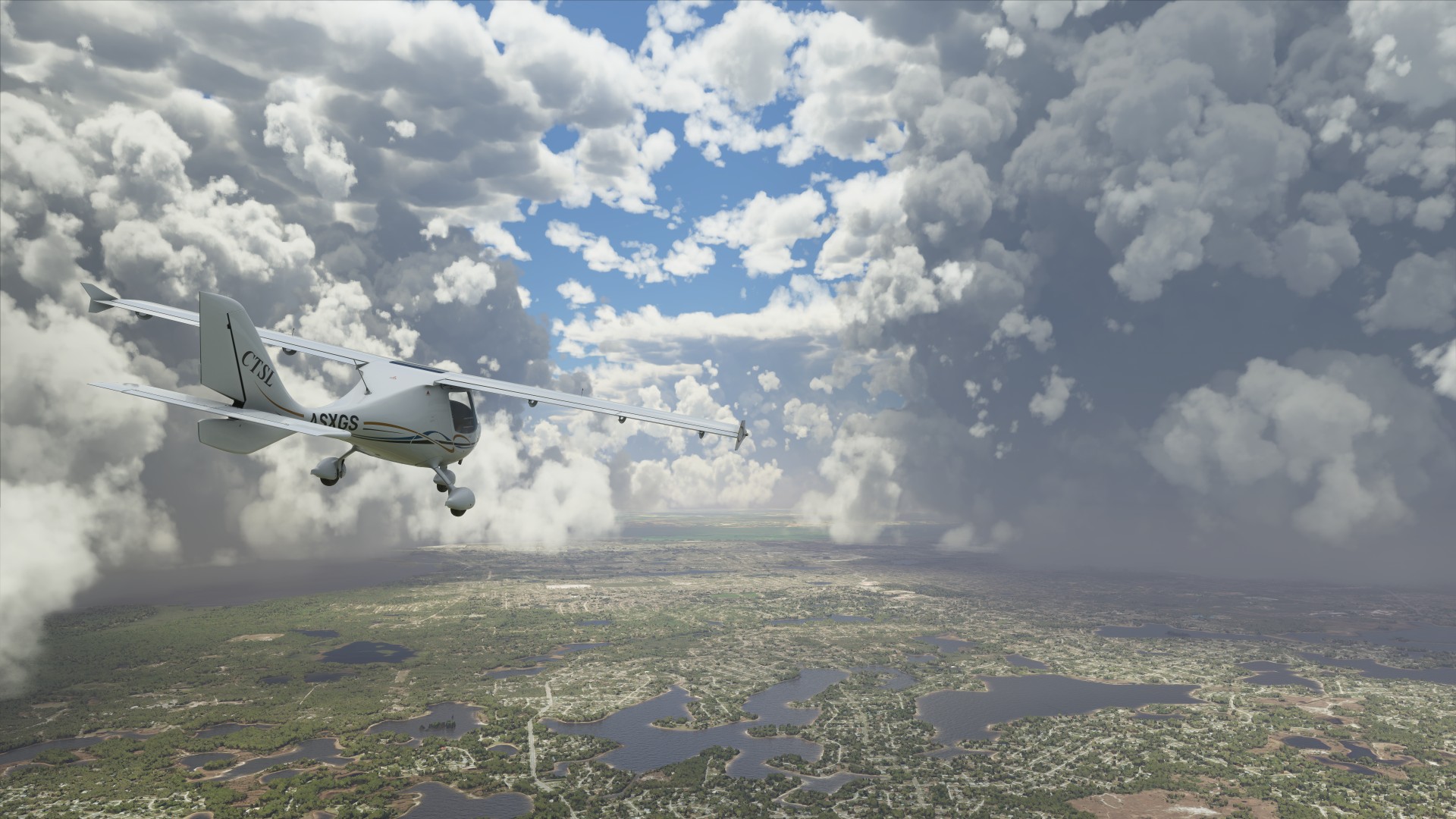
Website: LINK

